IRM Systems, an independent authority on emergency pipeline repairs, announced that as a result of a new and innovative approach to pipeline repair, it contributed to achieving dramatic cost-savings on the recent repair of a live subsea pipeline in the Java Sea, Indonesia. The objective of the operation was to seal a tear on a weld seam by installing a permanent repair solution.
IRM Systems began providing engineering services for the project in January 2015. Normally, the operation would have been executed by a major EPIC company – and nearly was – but in this instance, the operator decided to do something different. It decided that it should be executed by a smaller service contractor, drawing upon the services of a constellation of specialist providers, including IRM Systems.
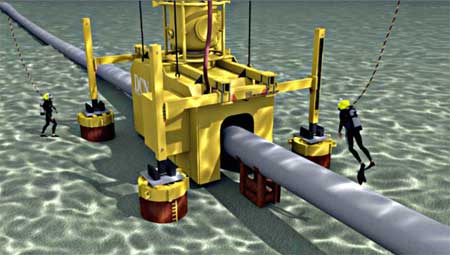 A graphic image of a habitat installed over a pipeline.
A graphic image of a habitat installed over a pipeline.
New approach reduces costs without lowering margins
The “constellation” approach involved using vessels of opportunity, independent diving and survey contractors, engineering specialist IRM Systems, the equipment manufacturer, and the regulator. Despite the organizational challenges, this method allowed the operator to interface with one lean, flexible primary contractor. Because margins were not compounded by the multiple layers of contracting that traditionally make up the structure used by an EPIC company, the operator immediately realized the financial benefit. As for those companies executing the project, rates were not squeezed and risk was more equitably distributed.
Innovative method offers cost-effective alternative
"This project is solid evidence of great innovation, in which out-of-the-box thinking really produced dramatic cost-savings,” said Wander van Weerden, Project Manager for IRM Systems. “Much of what we are seeing in response to today’s low oil prices is contractors and their subcontractors taking more and more risk to offer a compounded savings to the client. The approach that was used to complete this complex repair project proves that it is a realistic, completely viable alternative."
To ensure that the project would succeed, the operator brought a certification body on board to assist with the engineering and advise on overall quality. Working with IRM Systems, the primary contractor selected the manufacturers and fabricators of the repair clamp, and conducted offshore surveys in cooperation with specialist survey contractors. The components of the repair solution were tested in Norway and the Netherlands in August, and successfully installed on to the live gas pipeline in October 2015, well within schedule.
Given the success of this project, the operator plans to use the approach used for this project as the standard template for more projects throughout the region. Not just repair projects, but for routine maintenance and inspection tasks.
Optimum results for less money
According to IRM Systems, the operator received the same high quality service and materials in the same amount of time, but for less money. “As for the service providers, it’s business as usual. It’s the way forward for the industry, whether oil prices are high or low,” said Rutger Schouten, General Manager of IRM Systems.
The key to the success of this project is twofold. “First, you must have a highly organized body to coordinate the project. It’s essential that it has a strong grip on all of the players,” said Rutger Schouten. “Secondly, the team must have hands-on experience that duplicates - or exceeds - that of bigger players. Without that, you will not achieve the same quality targets as those completed by bigger players.”
Light in the darkness
When it comes to effective project management, the industry has longed for value-added creativity. “This project illustrates that costs can be reduced while maintaining quality standards and operational excellence. When led by a reliable independent source, collaboration can be very powerful and extremely effective,” said David Obatolu, General Manager of IRMS UKWA. “For the industry, this approach offers a light as we navigate through – and beyond - the dark tunnel of low oil prices.”
Innovation holds key
Globally, low oil prices have boosted a jittery world economy. On the other hand, oil and gas exploration costs money. In order that the world economy and energy industry thrive, traditional practices must change. And change calls for innovation. For IRM Systems and its partners, innovation has resulted in a more cost-effective, professional approach to pipeline repair. Whether the industry rises to the occasion by challenging the status quo remains to be seen, but the future is clear for IRM Systems: innovation holds the key.


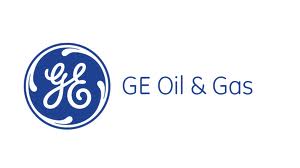 GE Oil & Gas (NYSE: GE) has announced the creation of its new Oil & Gas Digital Solutions business, appointing Matthias Heilmann as head of the organization and Chief Digital Officer. GE also announced the development of a pilot program with BP and a business partnership with subsurface software company Paradigm.
GE Oil & Gas (NYSE: GE) has announced the creation of its new Oil & Gas Digital Solutions business, appointing Matthias Heilmann as head of the organization and Chief Digital Officer. GE also announced the development of a pilot program with BP and a business partnership with subsurface software company Paradigm.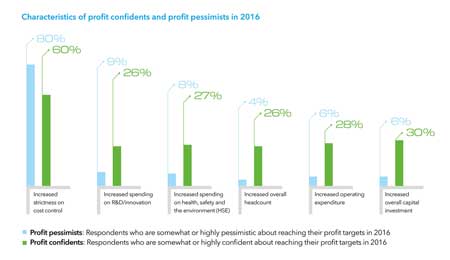 A new research report published by
A new research report published by 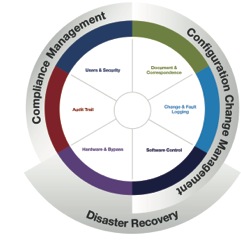 Asset Guardian Solutions Ltd (AGSL)
Asset Guardian Solutions Ltd (AGSL) Leading international energy logistics provider
Leading international energy logistics provider 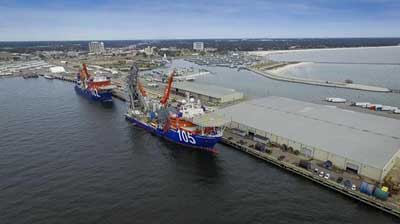 Lay Vessel 105 and North Ocean 102 are docked to support operations at McDermott’s spoolbase facility in Gulfport, Mississippi.
Lay Vessel 105 and North Ocean 102 are docked to support operations at McDermott’s spoolbase facility in Gulfport, Mississippi. Aker Solutions
Aker Solutions The American Petroleum Institute's Global Industry Services department (API Global) has established a new and comprehensive Auditor Certification Program, which is the first to be developed by industry experts.
The American Petroleum Institute's Global Industry Services department (API Global) has established a new and comprehensive Auditor Certification Program, which is the first to be developed by industry experts.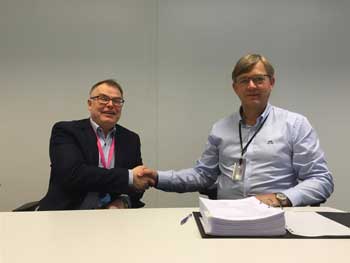 CEO of IKM Ocean Design, Peder Hoås says; "We are extremely proud that Statoil has chosen IKM for this prestigious task and we look forward to further develop the field in cooperation with the Statoil team in order to make the project technically and commercially robust. The contract secures work for our engineers on a long term basis, and is one of the largest engineering contracts since the company was established.”
CEO of IKM Ocean Design, Peder Hoås says; "We are extremely proud that Statoil has chosen IKM for this prestigious task and we look forward to further develop the field in cooperation with the Statoil team in order to make the project technically and commercially robust. The contract secures work for our engineers on a long term basis, and is one of the largest engineering contracts since the company was established.” A graphic image of a habitat installed over a pipeline.
A graphic image of a habitat installed over a pipeline.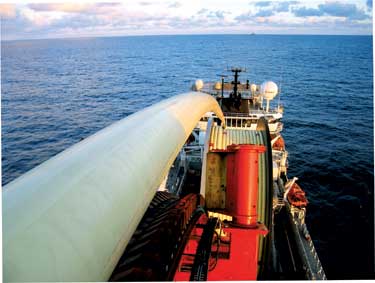 The JIP will develop a set of guidelines to be incorporated into DNV GL
The JIP will develop a set of guidelines to be incorporated into DNV GL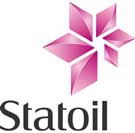 Statoil ASA (OSE: STL, NYSE: STO) has acquired 37,101, 561 shares in
Statoil ASA (OSE: STL, NYSE: STO) has acquired 37,101, 561 shares in  Through the acquisition of shares in Lundin Petroleum, Statoil increases its exposure to core field development projects and growth assets on NCS, including Johan Sverdrup and Edvard Grieg at attractive values. The investment underpins Statoil’s long term interest and commitment to the future of the NCS.
Through the acquisition of shares in Lundin Petroleum, Statoil increases its exposure to core field development projects and growth assets on NCS, including Johan Sverdrup and Edvard Grieg at attractive values. The investment underpins Statoil’s long term interest and commitment to the future of the NCS.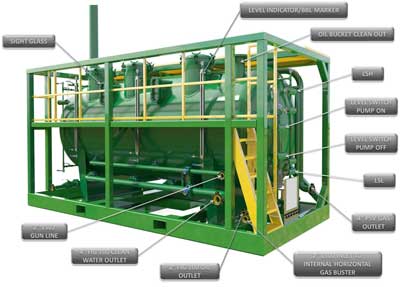 Greene’s Energy Group, LLC (GEG)
Greene’s Energy Group, LLC (GEG)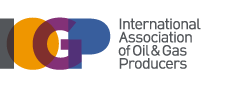 The International Association of Oil & Gas Producers (IOGP)
The International Association of Oil & Gas Producers (IOGP)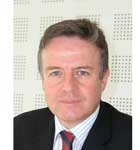 He graduated from the University of Glasgow with a B.SC. Hons in Civil Engineering and holds a Masters in Petroleum Engineering from Heriot-Watt University.
He graduated from the University of Glasgow with a B.SC. Hons in Civil Engineering and holds a Masters in Petroleum Engineering from Heriot-Watt University.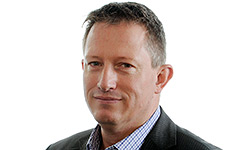 Jez Averty, senior vice president for NCS exploration in Statoil. (Photo: Ivar Langvik)
Jez Averty, senior vice president for NCS exploration in Statoil. (Photo: Ivar Langvik)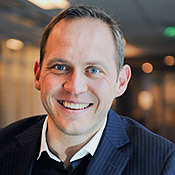 The agreements signed form the basis for potential new EPC contracts (engineering, procurement and construction) for subsea equipment in the medium term future. An EPC option agreement for subsea production system (SPS) has also been signed with OneSubsea, including framework agreements for subsea operations services and subsea add-ons.
The agreements signed form the basis for potential new EPC contracts (engineering, procurement and construction) for subsea equipment in the medium term future. An EPC option agreement for subsea production system (SPS) has also been signed with OneSubsea, including framework agreements for subsea operations services and subsea add-ons. With recoverable oil reserve estimates of approximately 750 and 600 million barrels (mmbbl) in Uganda and Kenya respectively, and with government share of the reserves expected to be about 30–50%, the potential impact on economic development in these countries could be great. However, new infrastructure, including an export pipeline, is required to enable commercialization of these discoveries, says an analyst with research and consulting firm
With recoverable oil reserve estimates of approximately 750 and 600 million barrels (mmbbl) in Uganda and Kenya respectively, and with government share of the reserves expected to be about 30–50%, the potential impact on economic development in these countries could be great. However, new infrastructure, including an export pipeline, is required to enable commercialization of these discoveries, says an analyst with research and consulting firm